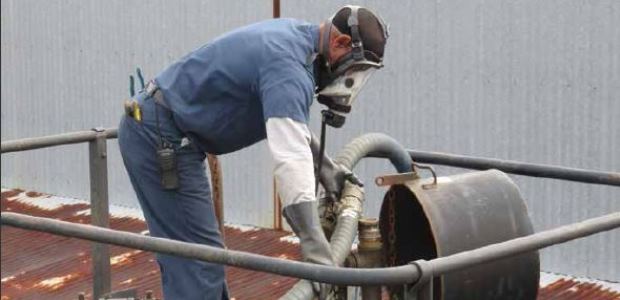
By Michele Ostrove
How the flexible polyurethane foam manufacturing industry manages the handling of toluene diisocyanate.

By Jerry Laws
This year's conference will be year four for the popular Ignite sessions, which are five-minute talks on pretty much any topic.
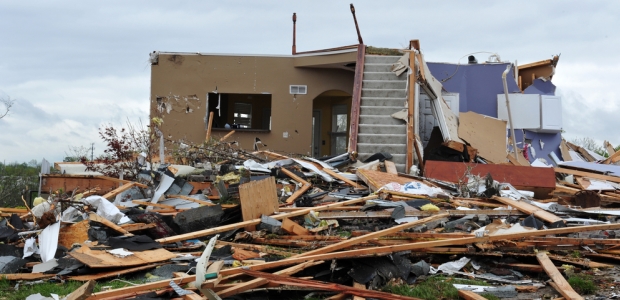
By Ralph Metzner
The plan should be considered a living document, reviewed and updated on a regular basis as the emergency team sees fit.

By Luke Allen
CNP systems have demonstrated the ability to accurately and consistently measure known levels of respirator leakage.
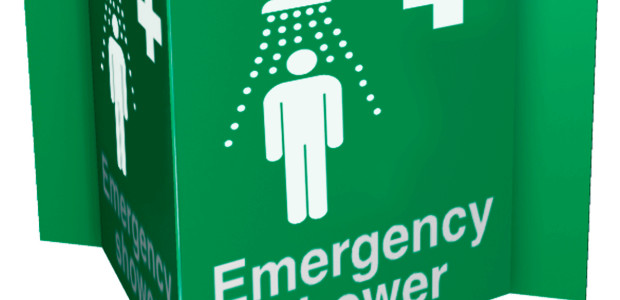
By Fred Elliott
Eyewash stations and showers must be easy for an injured person to operate and must work reliably whenever they are needed—so the equipment must be tested weekly.

By Karen D. Hamel
Reviews uncover revisions that will need to be made, procedures that will need to be updated, and training that may need to be changed.

By Rob Brauch
The convergence of wireless devices, low-cost sensors, Big Data, and crowdsourcing will change the way you assess risk in your workplace.
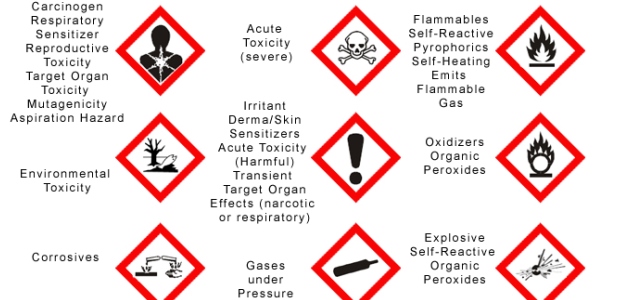
By Amanda Yerke
According to OSHA, any chemical that could possibly cause any physical or health effect under expected conditions of use or reasonably anticipated conditions of misuse is hazardous.
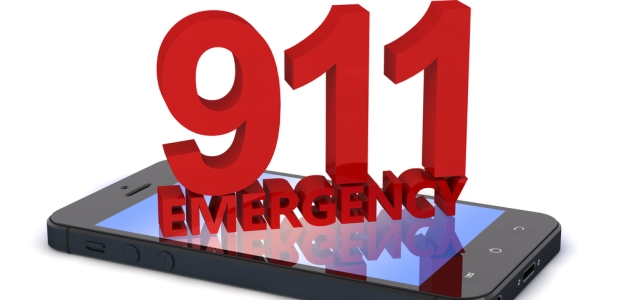
By Reginald Gates
It is most effective to have one person in charge of creating the emergency preparedness plan.
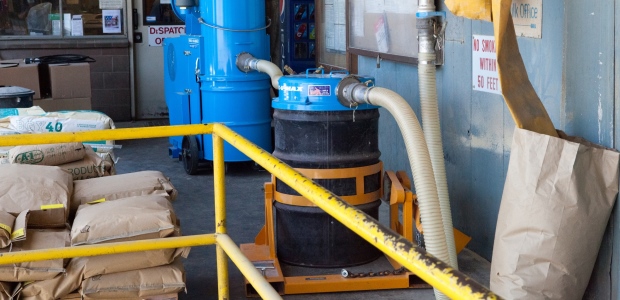
By David Kennedy
Implementing a housekeeping routine to mitigate combustible dust minimizes explosion risk.
By Robert Pater
The most Safety- and creatively-effective companies are “Leader-full,” with leadership functions distributed and filled by many people throughout the organization.
By
We need to provide a safe environment for our workers, and we need to coach (providing a balance of consequences for if they act this way and if they don’t) for specific safety performance, as well.
By Jerry Laws
Updating the PELs is an important issue. OSHA’s RFI is broader than that, encompassing other strategies it could use to address workers’ exposures to hazardous chemicals.